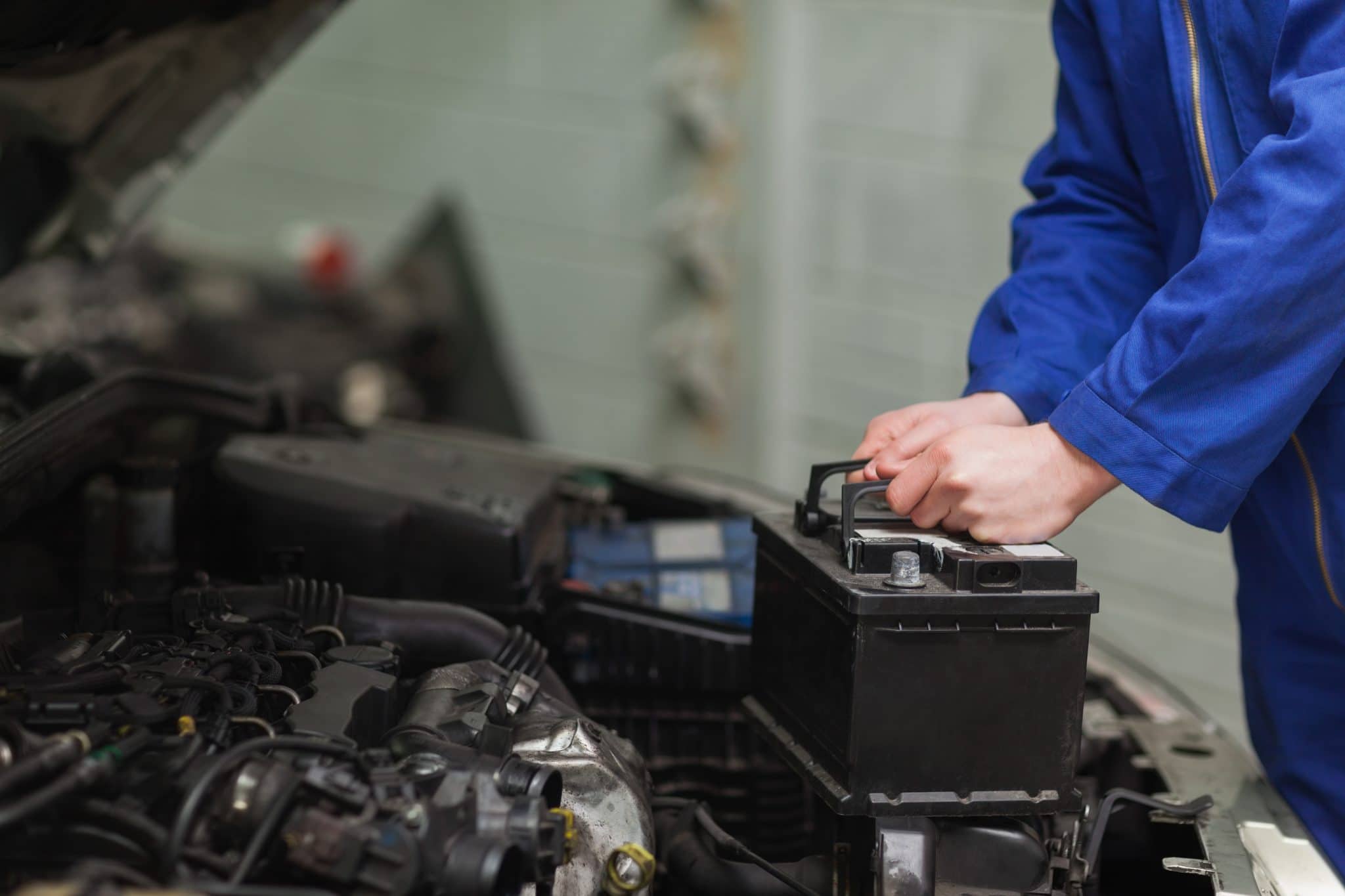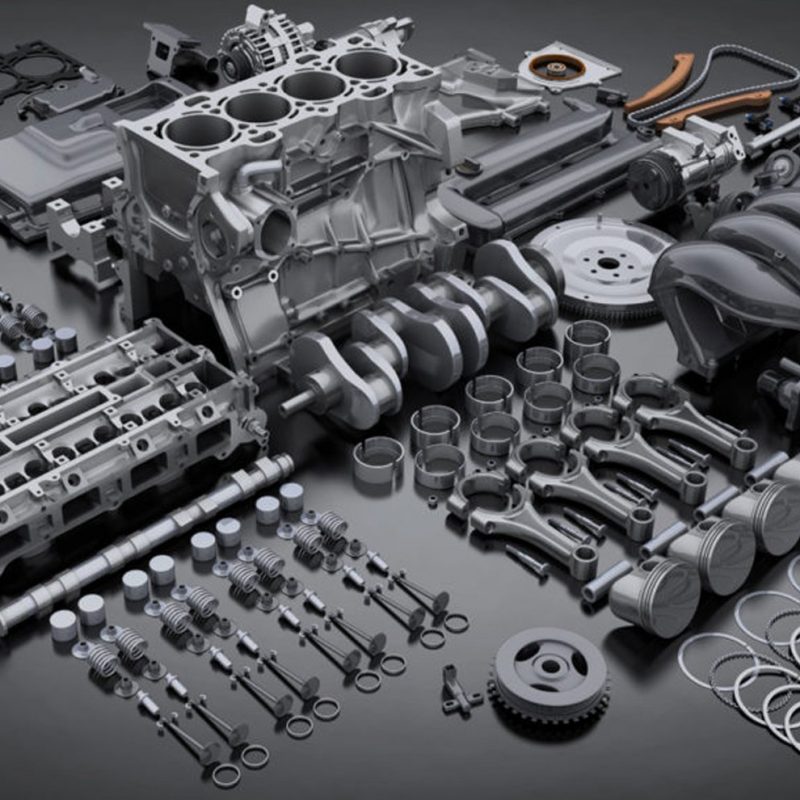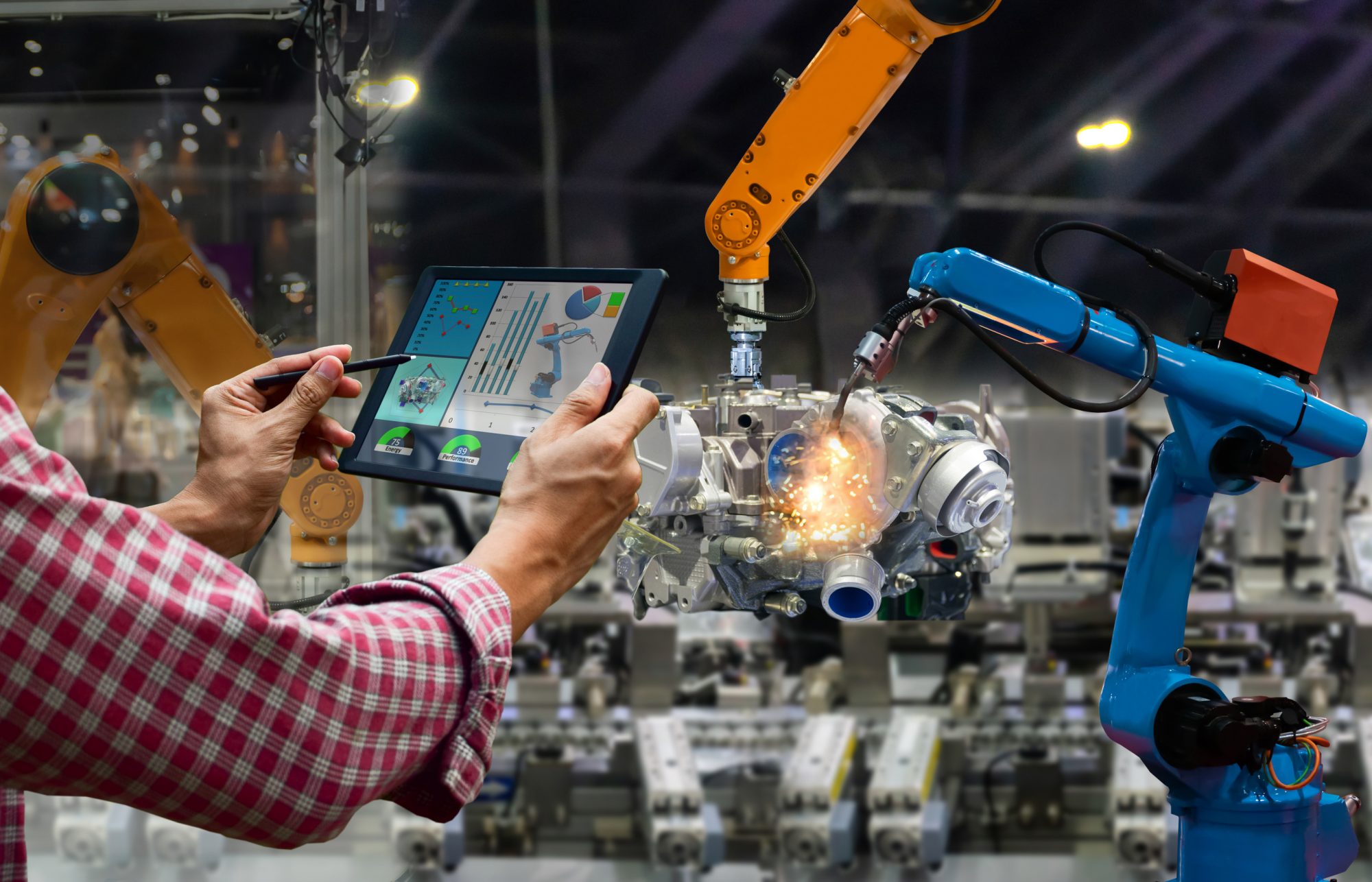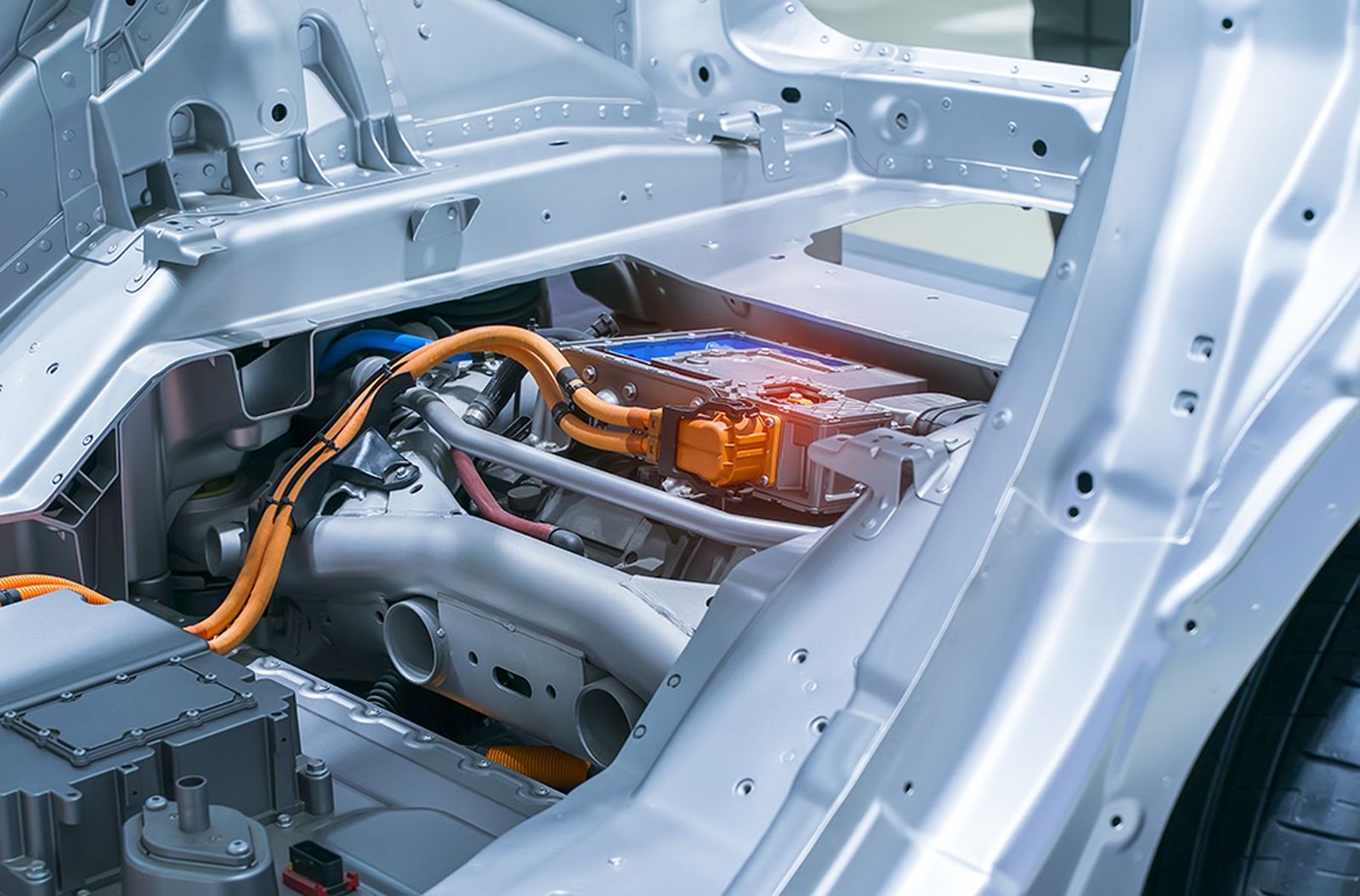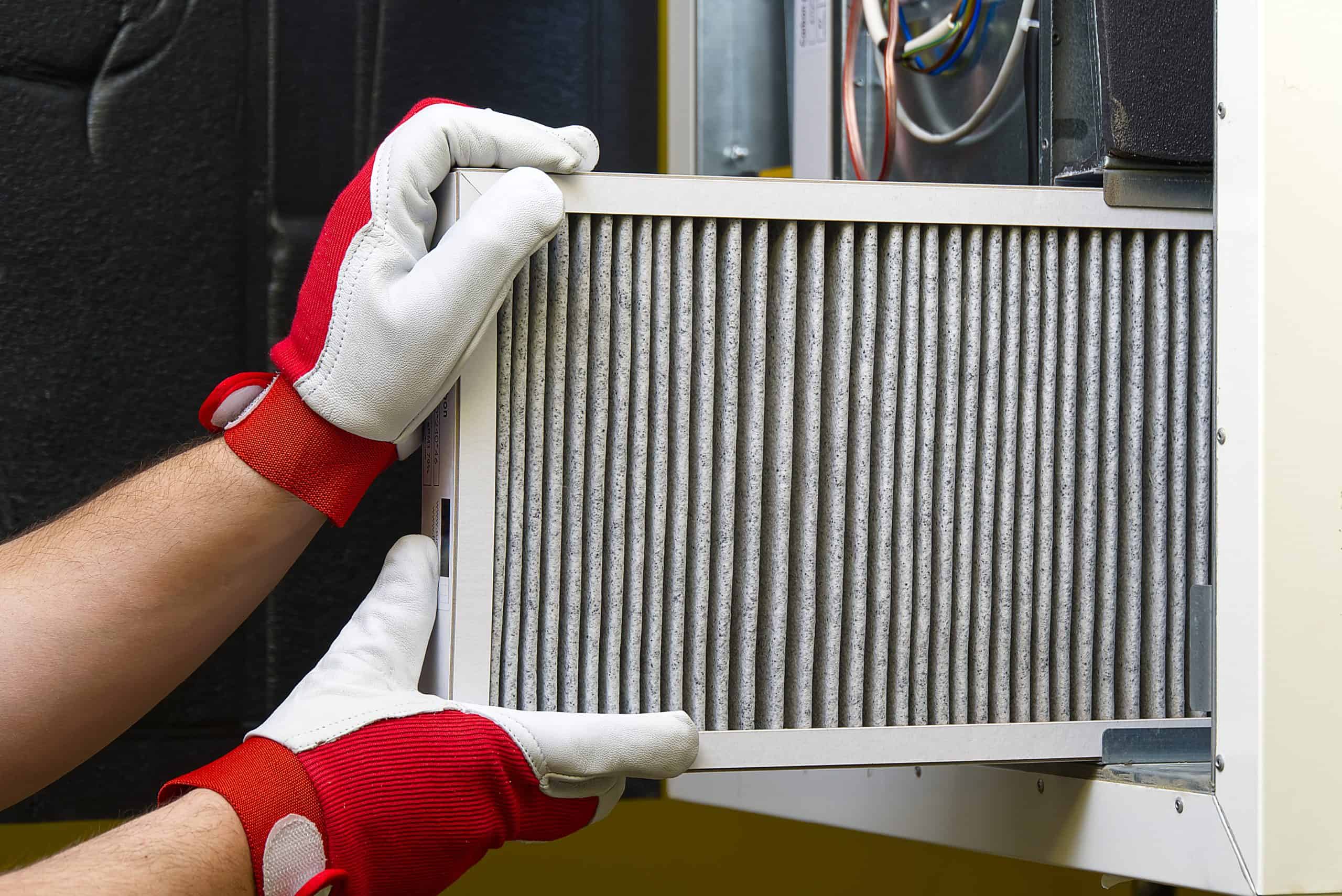Why Car Battery Dies?
Why Car Battery Dies?
There are many factors that can cause your car battery to die or lose charge. Common causes of a dead battery include leaving your headlights or interior lights on, something called a “parasitic draw,” loose or corroded battery cables, persistent electrical drains, cold weather, batteries dying over time, and a bad alternator.
How long does the battery run out?
Depending on the lights (LEDs or halogen), battery will be drained within 10–100 hours (maybe never as car might switch everything off half an hour later). If your battery is brand new and in good condition, it could last for a few hours, definitely not the whole night. But if your battery is not in good condition, it might not even last an hour. On average, no matter the warranty, a traditional car battery has a reliable and trouble-free lifespan of about three years—36 months.
How Should Battery Storage Conditions Be?
Battery storage conditions should be cool, dry and clean. Batteries should be stored in a temperature range between 4°C (39°F) and 32°C (90°F). Excessive temperatures can cause permanent damage to the battery and reduce its lifespan. Batteries should also be stored in a dry environment, as moisture can corrode the battery and cause it to become damaged or malfunction. Lastly, batteries should be stored in a clean environment, as dirt and grime can build up and interfere with the performance of the battery.
What are the Battery Types? Can you explain with examples using at least 500 words?
There are four main types of batteries: lead-acid, lithium-ion, nickel-metal hydride, and nickel-cadmium. Each of these types of batteries have their own advantages and disadvantages and are used for different applications.
Lead-acid batteries are the most common type of battery used in automobiles and other applications. They are usually made up of a combination of lead, lead dioxide, and sulfuric acid, and rely on a chemical reaction to generate power. Lead-acid batteries are generally inexpensive, reliable, and have a relatively low discharge rate, meaning they can hold a charge for a long period of time. However, they are also quite heavy and can be difficult to transport, as they contain a large amount of corrosive acid.
Lithium-ion batteries are one of the most popular types of batteries due to their high energy density and low self-discharge rate. They are made up of lithium-ion cells, which use a chemical reaction to generate electricity. Lithium-ion batteries are light, portable, and have a long life span, making them ideal for portable electronics such as laptops, cell phones, and tablets. However, they can be expensive, and have a tendency to overheat if overcharged or short-circuited.
Nickel-metal hydride batteries are a type of rechargeable battery that are used in many electronic devices, such as digital cameras and portable radios. They are made up of an anode and a cathode, and use a chemical reaction to generate electricity. Nickel-metal hydride batteries are generally more expensive than lead-acid batteries, but are much lighter and have a longer life span.
Nickel-cadmium batteries are a type of rechargeable battery that are used in many industrial and consumer applications, such as cordless tools, medical equipment, and remote-controlled toys. They are made up of nickel and cadmium, and use a chemical reaction to generate electricity. Nickel-cadmium batteries are generally more expensive than lead-acid batteries, but are much lighter and have a longer life span. They are also more resistant to extreme temperatures and can be more easily recycled.
Overall, each type of battery has its own advantages and disadvantages, and should be chosen based on the application and the needs of the user. Lead-acid batteries are the most common type of battery and are often.


